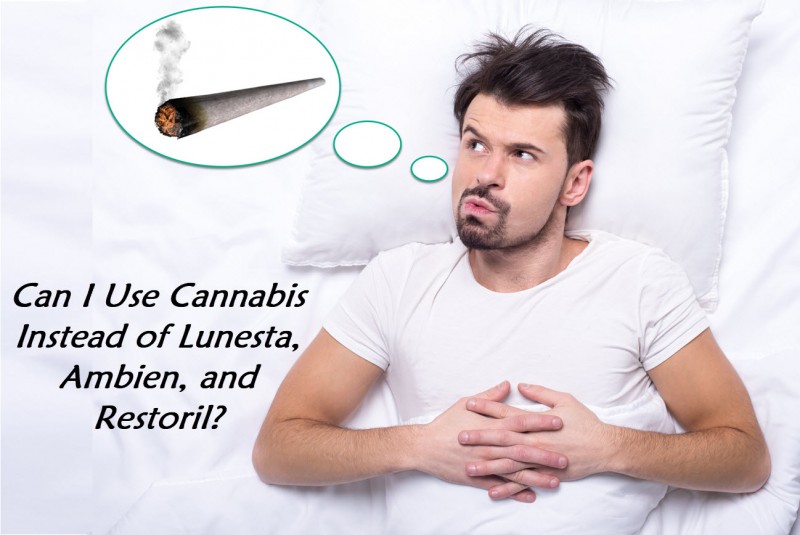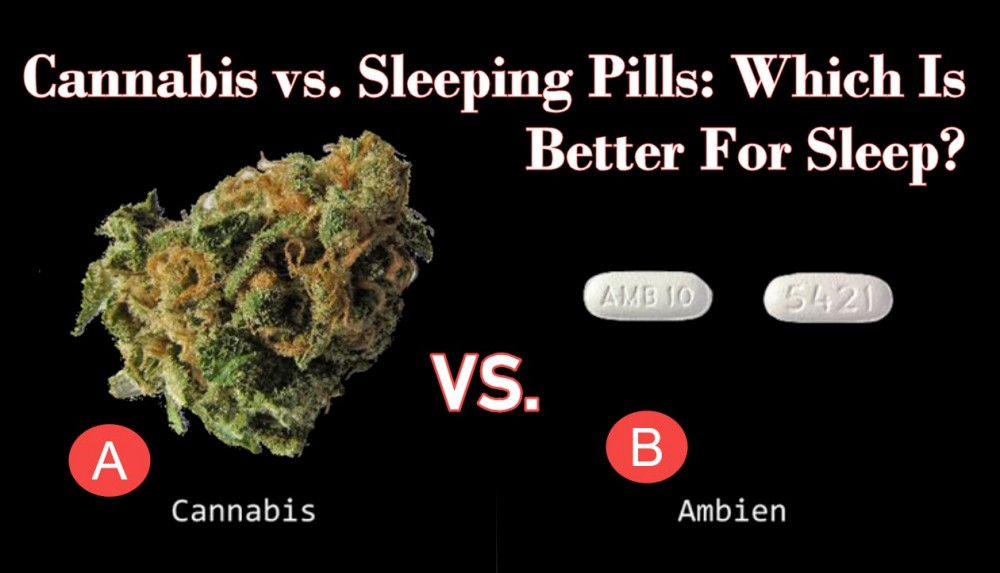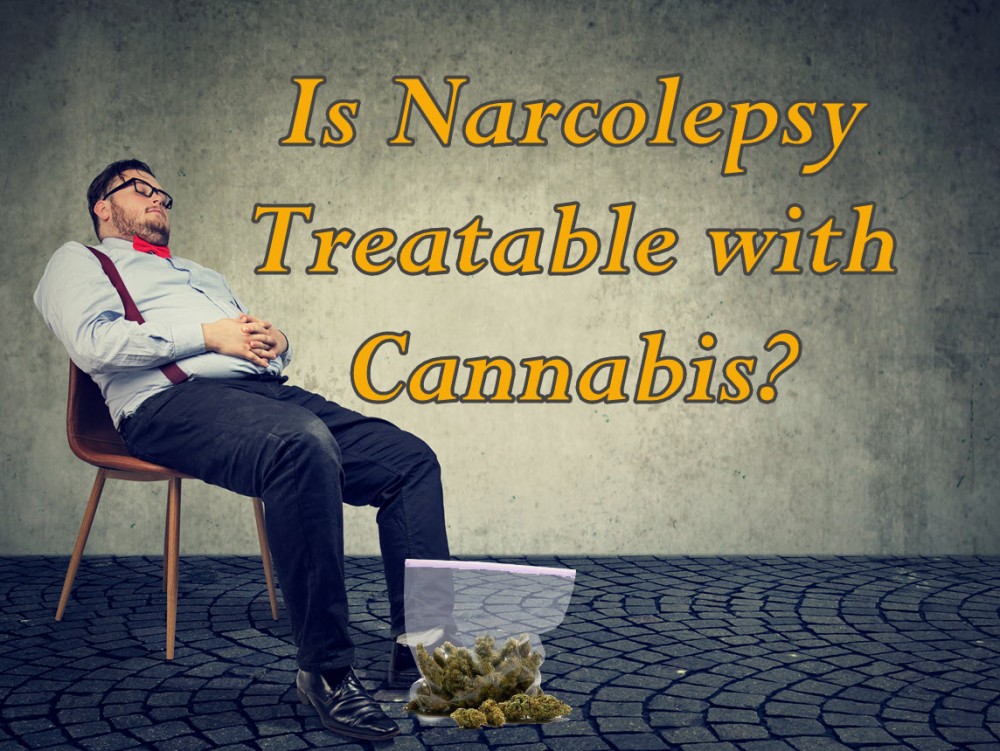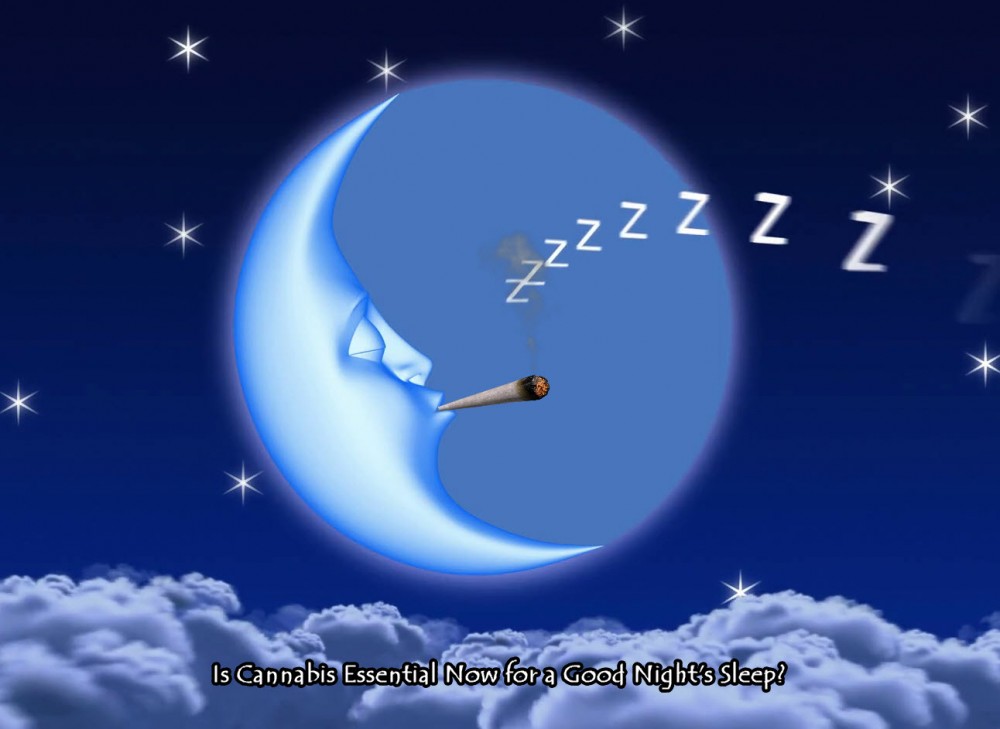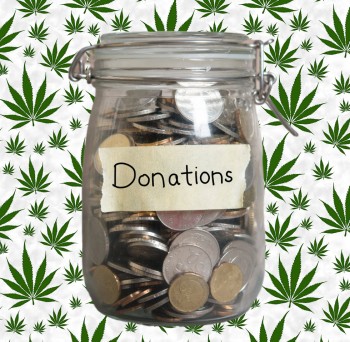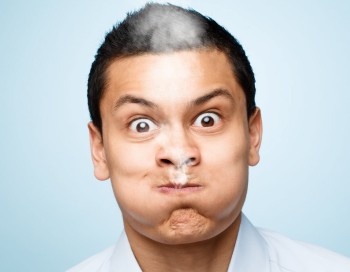How Cannabis Help Sleep Disorders
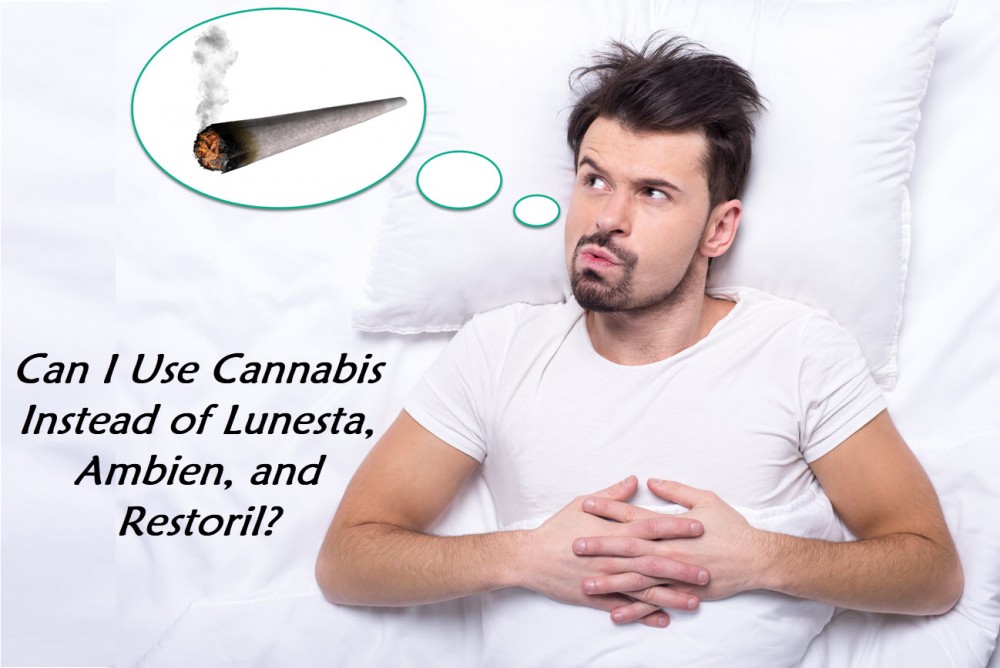
One of the properties of the cannabis plant known for ages is the ability to help with sleeping disorders. Because cannabis has a relaxing and sedative effect, ancient people were using cannabis as a sleeping remedy all the time. One of the strong points of marijuana is that it reduces the time to fall asleep. Even people struggling with addiction, find marihuana effective in helping them to sleep. With increased research efforts, the benefit of using cannabis as an aid for sleeping disorders is nothing more than a confirmation.
What Sleep Disorders Are Out There?
Three major sleep disorders are out there to hinder people from sleeping. They are:
Insomnia – This disorder keep you awake at night, and no matter what you do, you can´t fall asleep.
Disruptive Sleep Disorders – It has to do with something that disturbs your sleep pattern. The quality of sleep is affected and include Restless Leg Syndrome and Sleep Apnea.
Narcolepsy – falling asleep even if you get enough sleep and rest sufficiently
It is very important to get a good night sleep for so many reasons. If anyone suffers from sleep deprivation, loads of other issues can develop.
Medical Marijuana as a Remedy for Sleep Disorders
People have been looking for ways to improve sleep for a long time now. There are many remedies available. Some remedies are natural, and some fall back on conventional medicine. Sometimes a simple change of routine, or incorporating exercise into your program, bring relief. Including cannabis into your diet, could also do wonders and is safer than opioids.
The endocannabinoid system is apart from all the other functions it has, also is responsible for sleeping. The ES regulates the sleeping and circadian rhythm. The circadian rhythms are the physical, behavioural, and mental changes that occur in a daily cycle. Things like light and darkness influence it. Sleeping at night and being awake during the day is an example of a light-related circadian rhythm. When sleep patterns are interrupted, it imbalance the endocannabinoid system then.
Marijuana positively impacts the endocannabinoid system.
When the endocannabinoid signalling at the receptor level is improved, it restores healthy sleeping habits. Both CBD and THC have an impact on sleep but in a different way. The dosage and when you take it, also play a role. If you want therapeutic relief, it is advisable to take cannabis with a higher ratio of CBD and a lower THC content. Lower CBD levels lead to more wakefulness.
Cannabis has various chemical compounds that contribute to better health. The cannabinoid CBD is very good to reduce stress and brings relaxation. CBD is versatile, and apart from reducing anxiety, it also promotes mental clarity and alertness. It does not negatively influence circadian rhythms.
A lesser-known cannabinoid, CBN, is a great sedative. It works very well with THC. CBN naturally converts from THC when cannabis is aged over time.
THC is likely the most know cannabinoid and has psychoactive effects. It also has therapeutic properties like pain relief, and it helps with nausea. Some strains containing THC have heavy sedation qualities and promote sleep. There is evidence that THC also influences breathing a potentially could treat obstructive sleep apnea. It looks like THC also influences the sleep stages. It reduces REM sleep and increases slow-wave sleep at night. This could be very supportive for people who have PTSD, because REM induces dreaming that envokes anxiety in PTSD.
Terpenes
Terpenes are the small molecules in the cannabis plant that provide the distinct smell and taste of the flower. Different strains and different combinations alter the taste and smell of each strain. Terpenes are just as important as the cannabinoids with regards to therapeutic benefits, including sleep. Some terpenes know for their sedative effects are: Myrcene, Limonene, Caryophyllene, Linalool, and Terpineol.
The cannabis plant had Sativa and Indica strains, but the Indica strains are more likely to promote sleep. But interestingly enough, scientists are starting to believe that the terpenoids, together with the cannabinoids, are rather responsible for the different therapeutic effects of each strain. Strains with higher CBD and lower THC content is perfect for treating sleeping disorders. Too much THC can leave you sluggish the next morning.
How Does It Work?
In obstructive sleep apnea, THC is found to reduce the number of apneic events. It influences the serotine modulation of the upper airways. Via the receptors, the cannabinoid signal interacts with the serotonergic signal that firms the upper way muscle and make it less likely to collapse: the THC modulation influences both CB1 and CB2 receptors.
Closing Thoughts
As an alternative medicine, cannabis is a very safe way to treat sleep disorders. It is necessary to look at the type of sleep disorder to know how to treat it in the best way. So far it seems that the ratio of CBD to THC in mind, higher levels of CBD work better. As always, each individual is different, and experimentation is the best way to find what works best.
CANNABIS OR SLEEPING PILLS, READ MORE..
CANNABIS OR SLEEPING PILLS, WHICH ONE IS BETTER?
OR..
CANNABIS FOR SLEEP FACTS AND FIGURES, HOW TO DO IT?
OR..
HOW DOES CBD AFFECT YOUR SLEEP PATTERNS?
OR..
CAN CANNABIS HELP WITH NARCOLEPSY?
